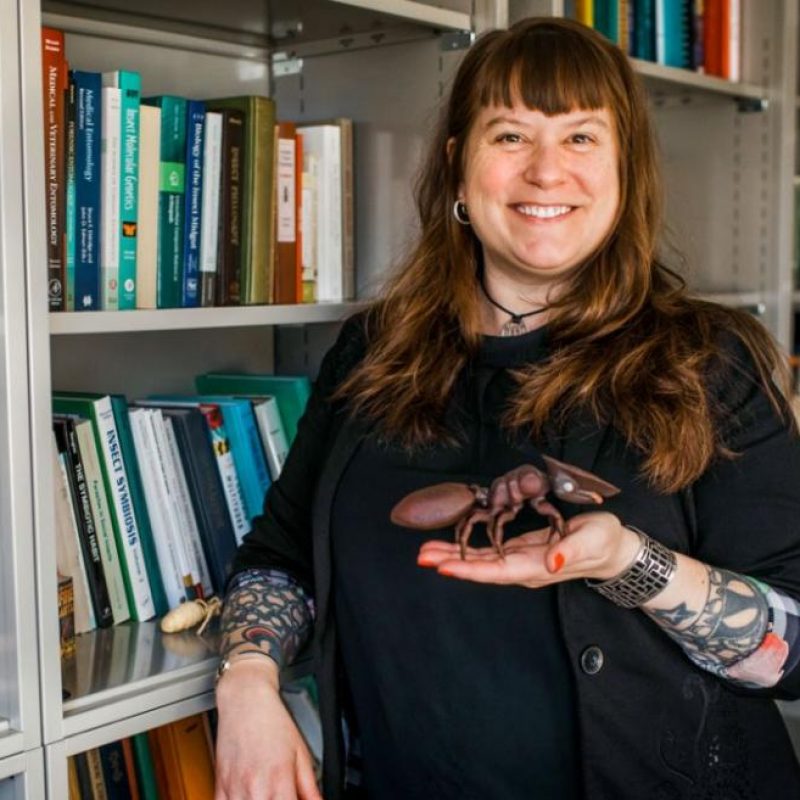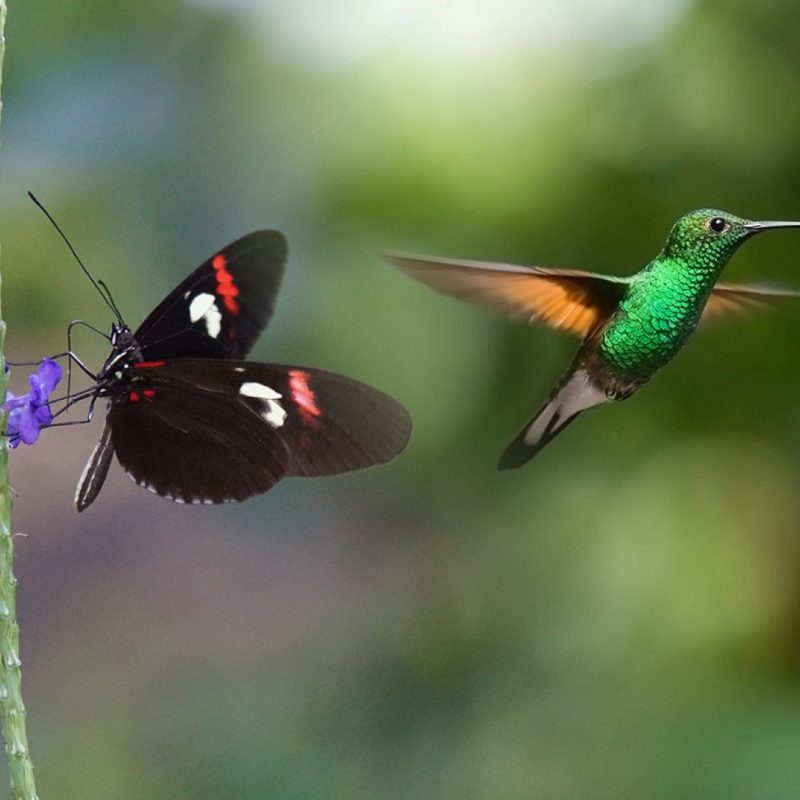Tag: Animal Hosts
-

Hector Aguilar-Carreno lab
The main focus of our research program is to elucidate key mechanistic components in enveloped viruses and their host cells that: 1) mediate viral entry into cells, 2) elicit cell immune responses, and 3) mediate viral egress from cells. These studies are leading to the development of diagnostic tools, new techniques, antiviral agents, and vaccines. […]
-

Whittaker lab: Coronaviruses and Musteloidea
The Whittaker lab has a new paper out in mBio that looks deeper into coronaviruses and their relationship to the superfamily Musteloidea. PAPER: https://mbio.asm.org/content/12/1/e02873-20
-

Corrie Moreau: Sharing 7 million insects with the digital world
Prof. Corrie Moreau talks about digitizing the Cornell University Insect Collection. The full article appears below. CALS ARTICLE By Krishna Ramanujan As director and head curator of the Cornell University Insect Collection, Corrie Moreau has numerous tasks on her to-do list, including one that could last her entire career: digitizing the collection’s 7 million specimens. Digitization is a […]
-

Helmann lab: new elongasome function paper
The John Helmann lab has a new paper out, “A regulatory pathway that selectively up-regulates elongasome function in the absence of class A PBPs” in eLife. LINK TO PAPER: https://pubmed.ncbi.nlm.nih.gov/32897856/
-

Ellner develops new tool for modeling
Prof. Stephen Ellner is developing new statistical tools for ecological modeling with Associate Professor Giles Hooker through a project supported by the NSF, as described in this Cornell Research article from last summer. LINK: https://research.cornell.edu/research/new-statistical-tools-ecological-modeling
-

Evolution of RNA Viruses
Fast evolving RNA viruses, such as rotavirus, influenza virus, human immunodeficiency virus, and zika virus, are a leading cause of death worldwide and represent a major challenge for global disease control. Despite their small genome size, often comprised of only a few thousand nucleotides and a handful of genes, it remains exceedingly difficult to study […]
-

Host-microbe interactions
The Moreau Lab studies the evolution of symbiosis between animals and their diverse microbial communities. Current work focuses on the benefits of microbial communities for ant hosts from nutrient provisioning to contributions to cuticle formation. Methods include amplicon sequencing, quantification, metagenomics, functional assays, experimental manipulations, and more. This work is deeply rooted in natural history […]
-

Vector Aedes aegypti, from functional genetics to ecological analyses
Mosquitoes cause 400,000 malaria deaths and transmit viruses to hundreds of millions. The vectorial capacity of mosquitoes depends on their ability to survive infection. However, it remains unclear what key mechanisms underlie the mosquito tolerance and resistance to infection with multiple microbes (bacteria, fungi, microbiota, viruses). We are particularly interested in approaches ranging from lab controlled […]
-

Evolution of Symbiosis
The Moeller Lab studies the evolution of symbiosis between animals and microorganisms. Our current work focuses on vertebrates’ co-evolutionary histories with bacteria through a combination of -omics approaches, gnotobiotic and microbiology experiments, and natural history. We are recruiting highly motivated and independent postdoctoral candidates with training in genomics, population genetics, microbiology, immunology, or related fields. Candidates interested in the genetic […]
-

Pamela Chang Lab
The Chang lab conducts research at the interface of chemical biology, microbiology, and immunology. Our research is focused on understanding chemical communication between the gut microbiome and the host immune system. Using both chemical and biological approaches, we develop novel chemical tools to understand 1) the metabolism of the gut microbiome and 2) important pathways […]
